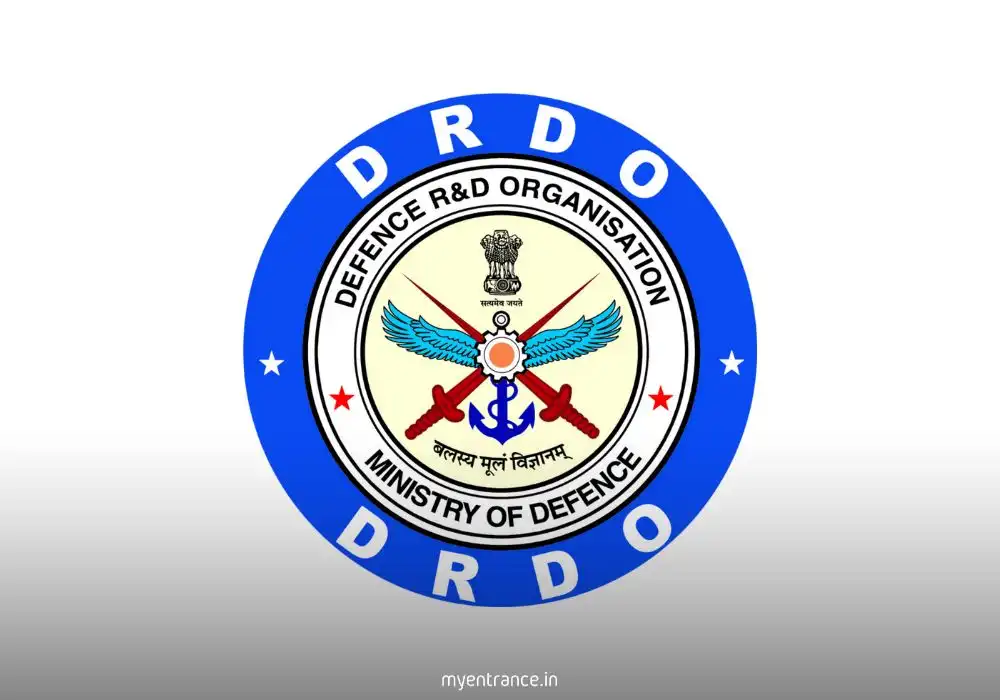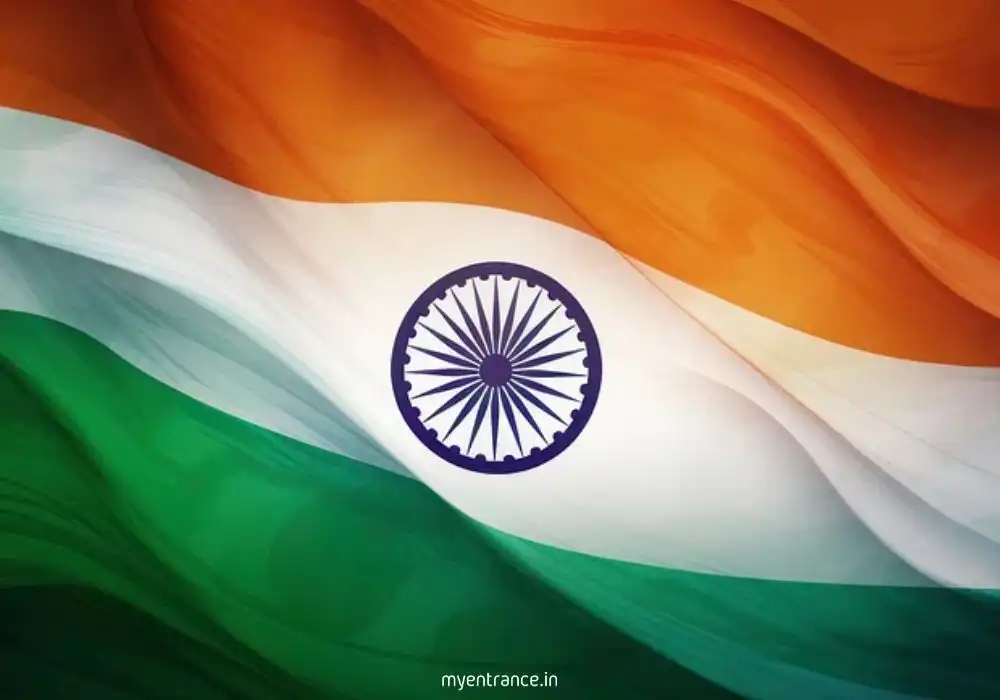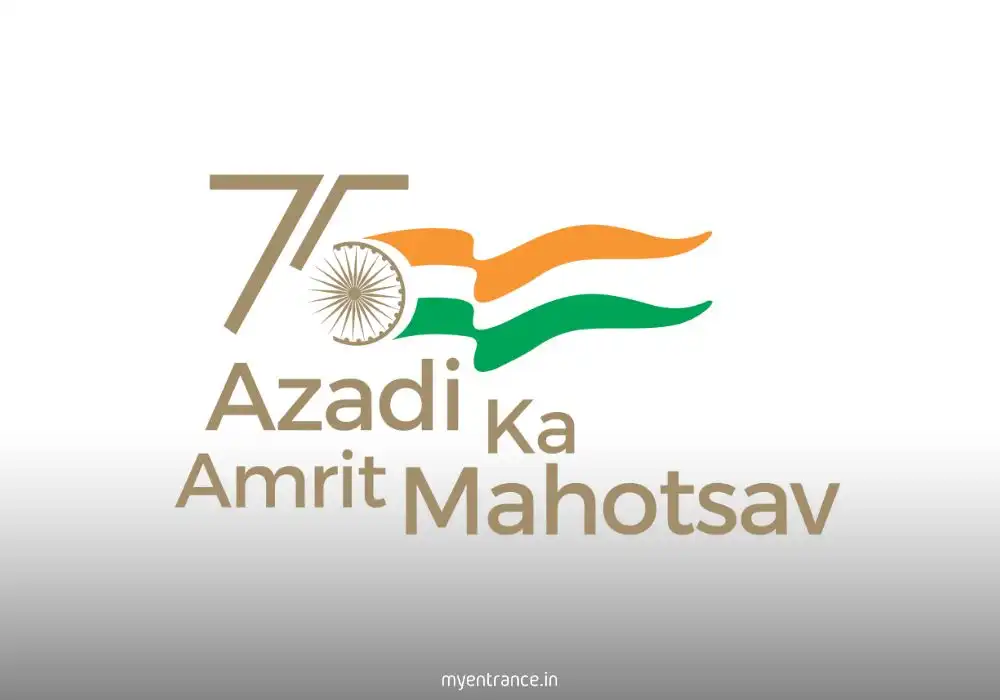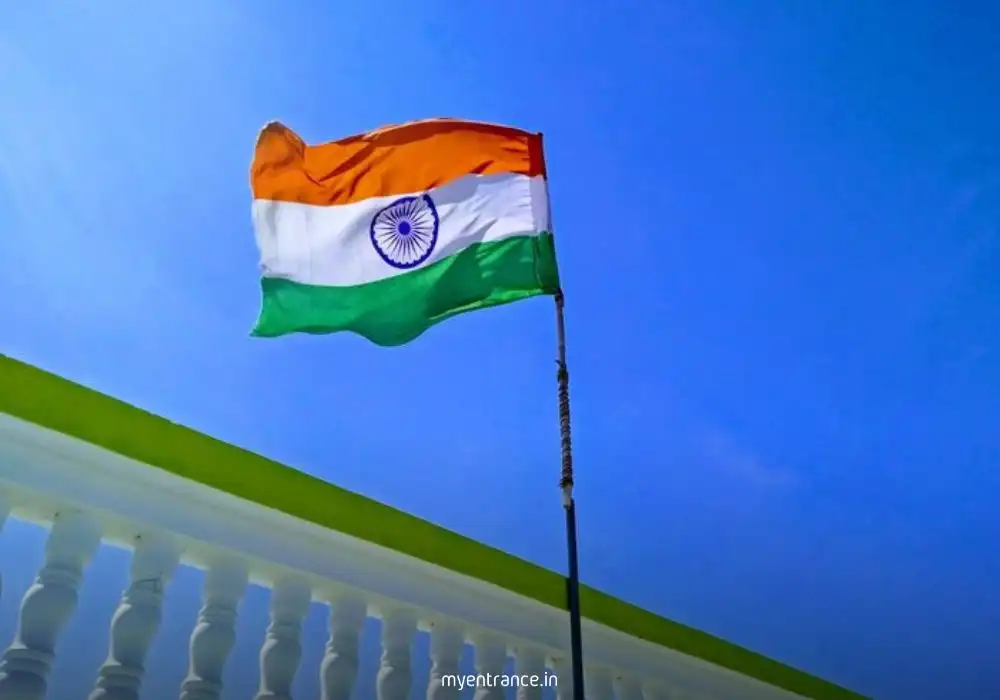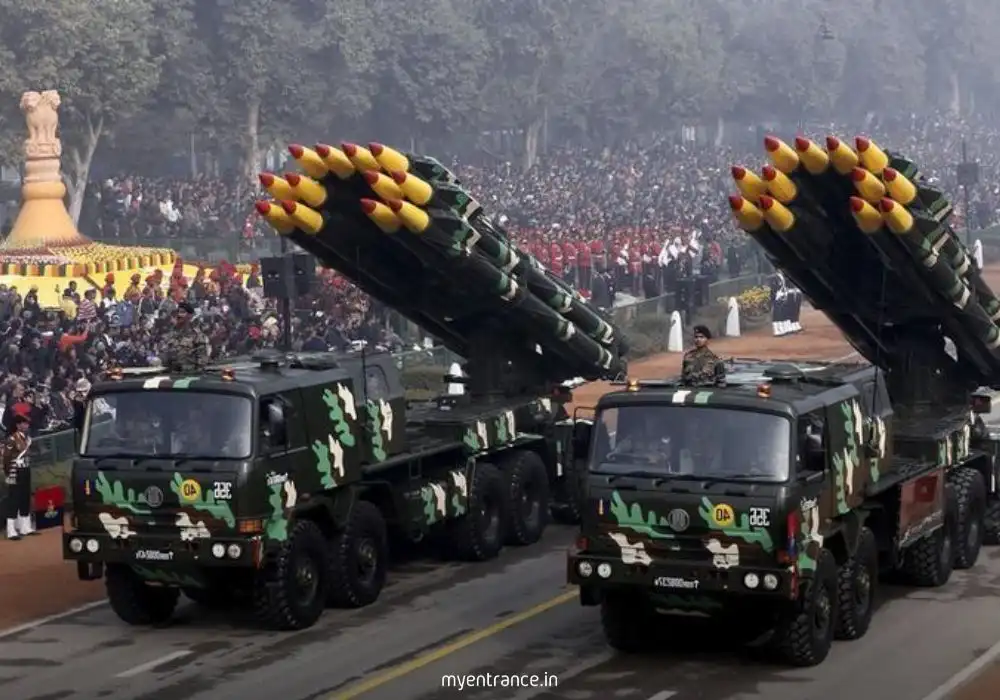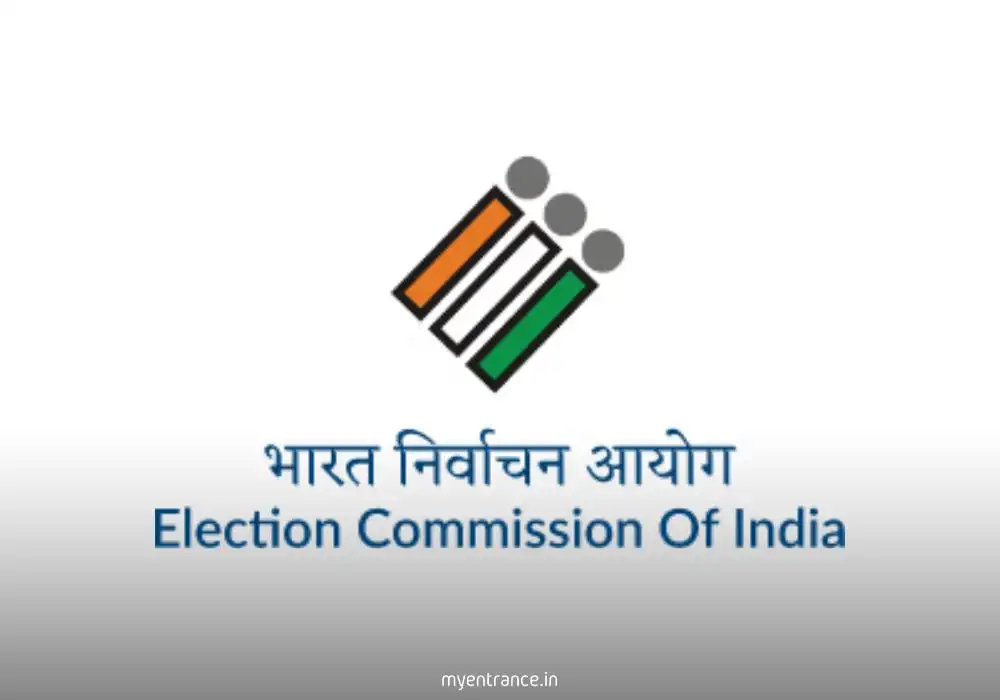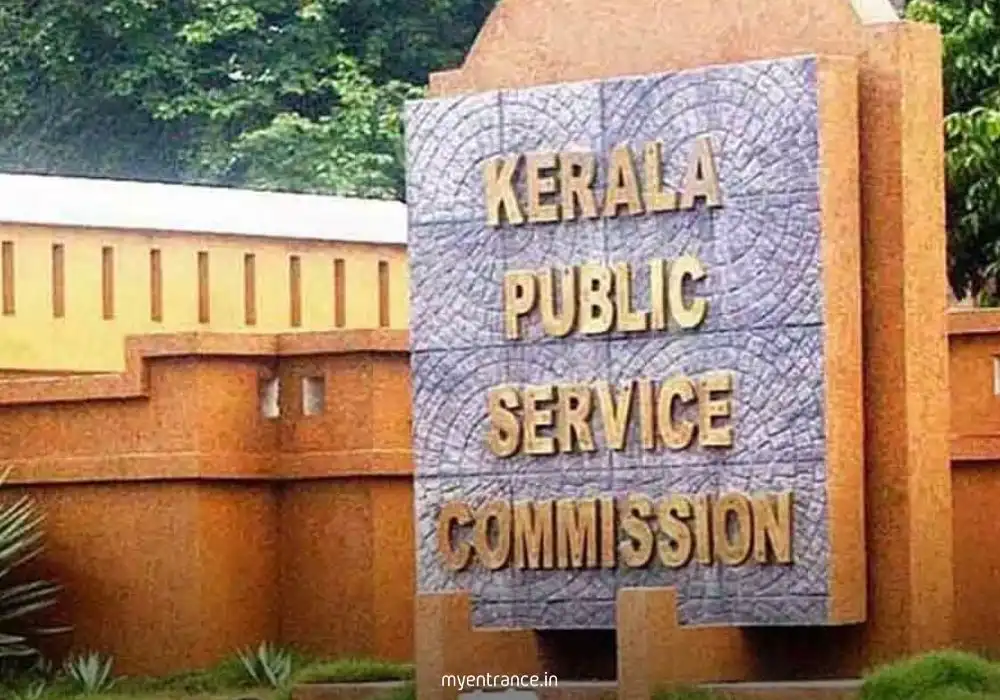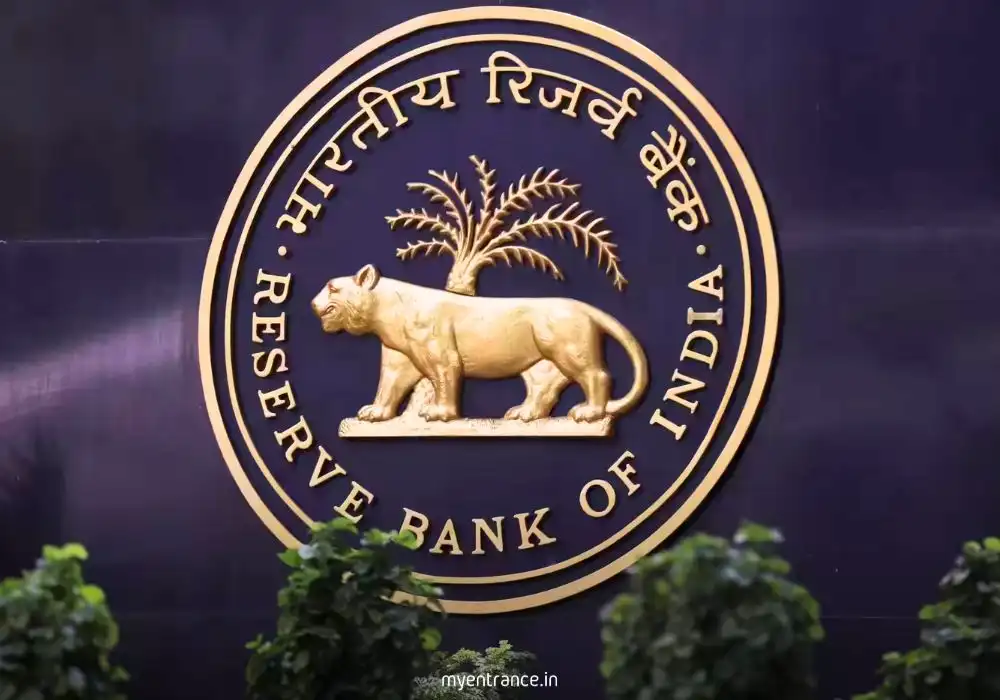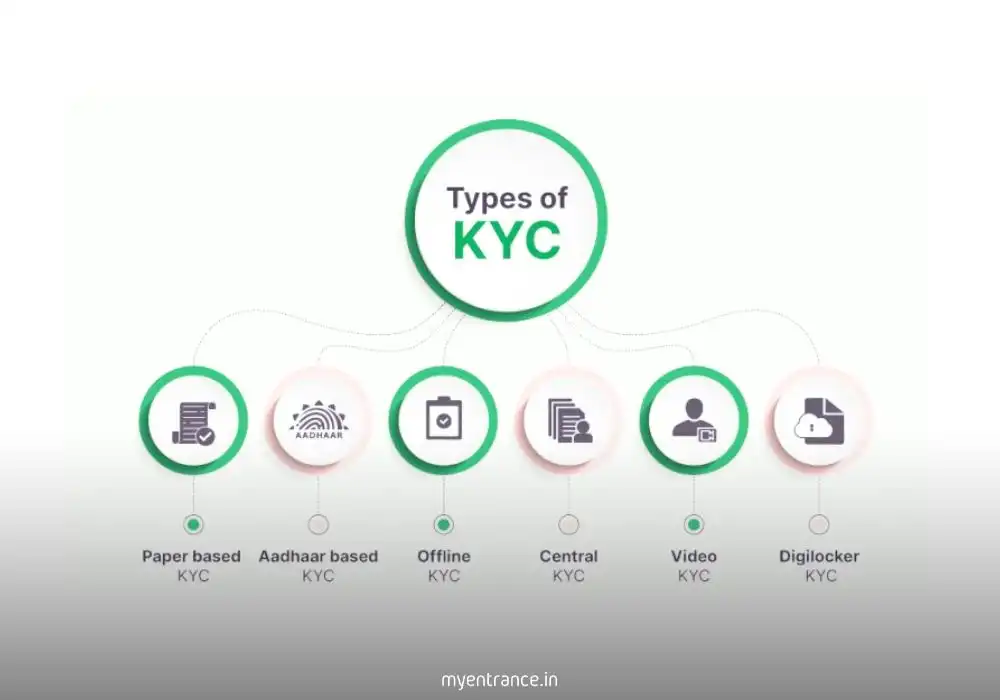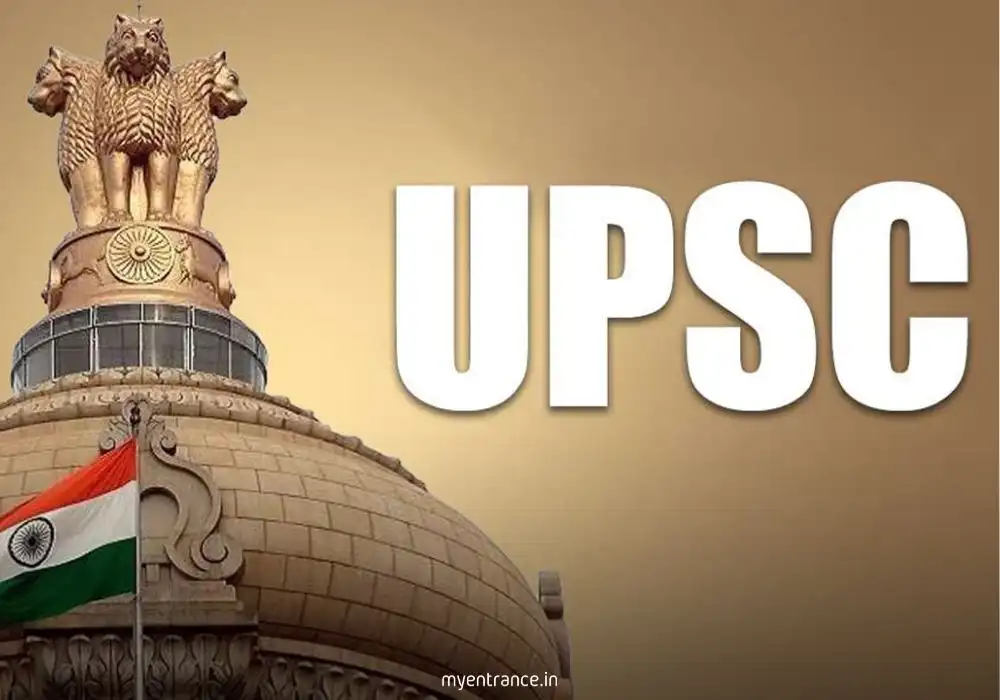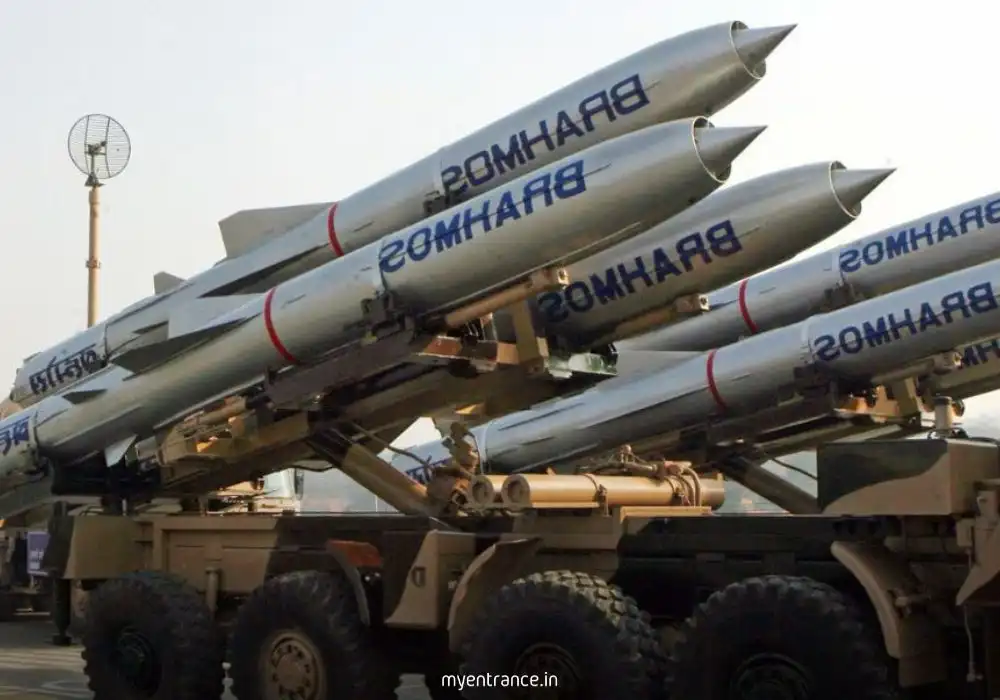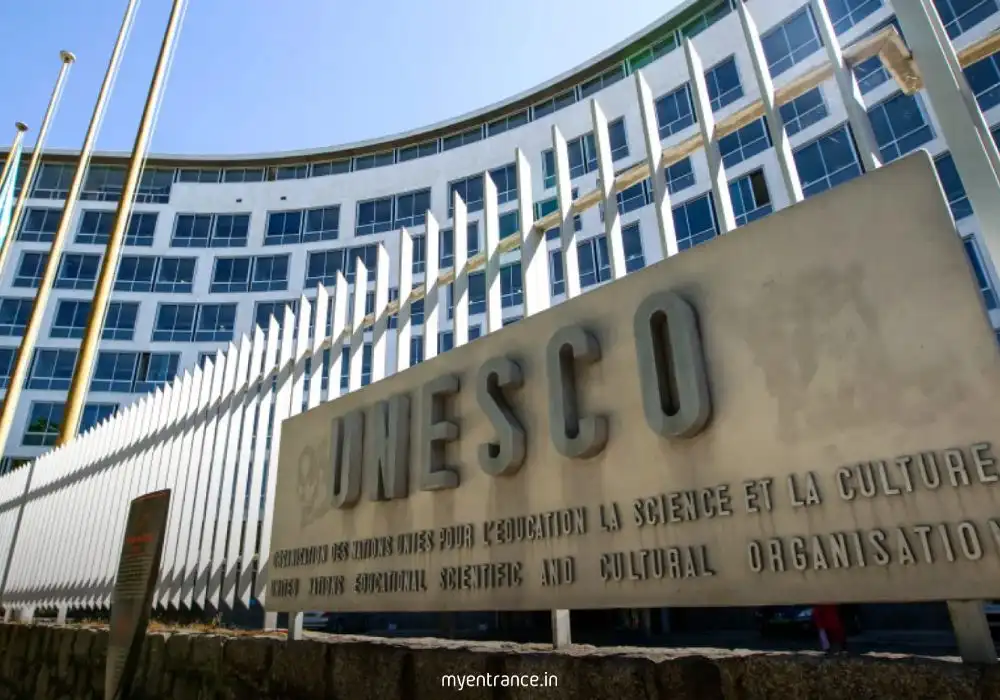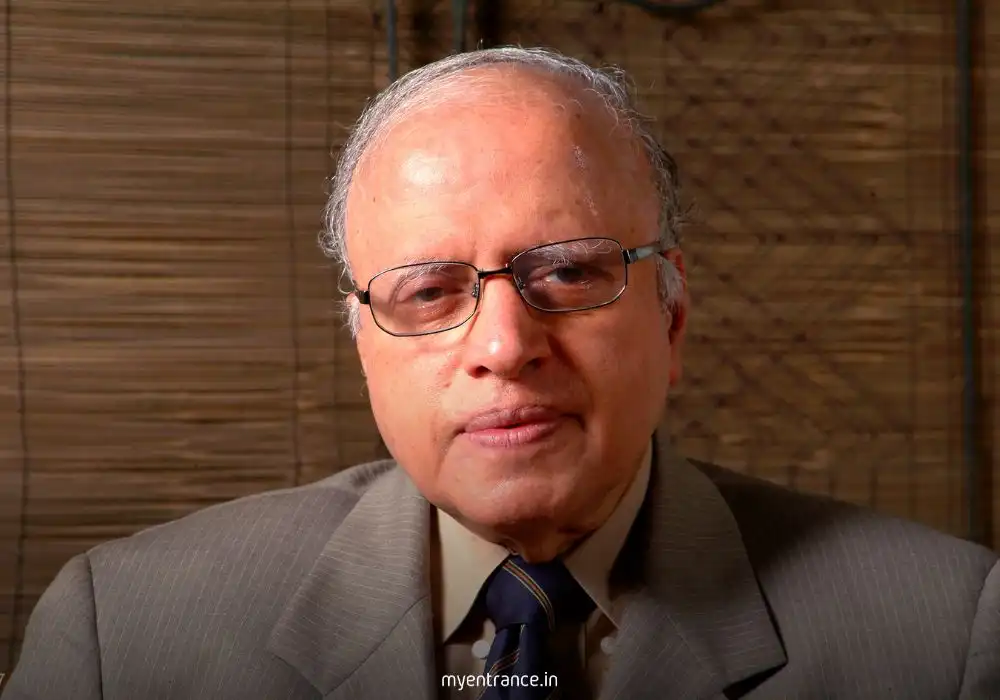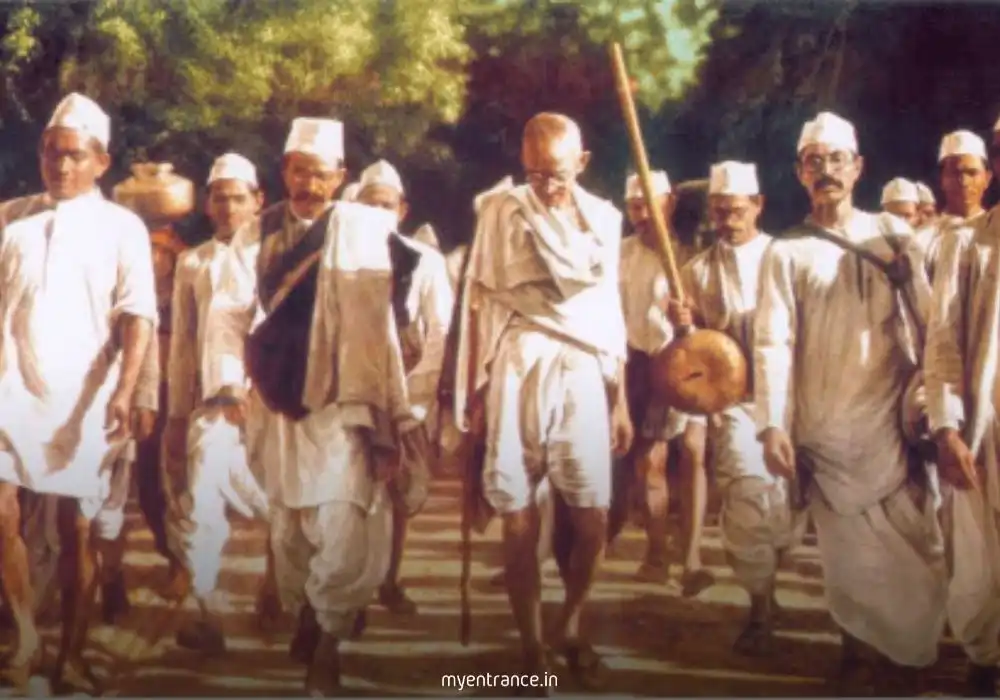Translate Language
IMF World Economic Outlook 2025: Key Insights for UPSC, SSC & Competitive Exams
The International Monetary Fund (IMF) released its July 2025 update to the World Economic Outlook (WEO) on July 29, spotlighting global economic resilience amid mounting uncertainties. For aspirants preparing for UPSC, SSC, PSC, NID, NIFT, or KAS exams, this report is critical. Questions on IMF, its reports, and global economic trends frequently appear in competitive exams. Let’s break down the WEO’s key takeaways, country-specific projections, and IMF’s role – all tailored for your exam success.
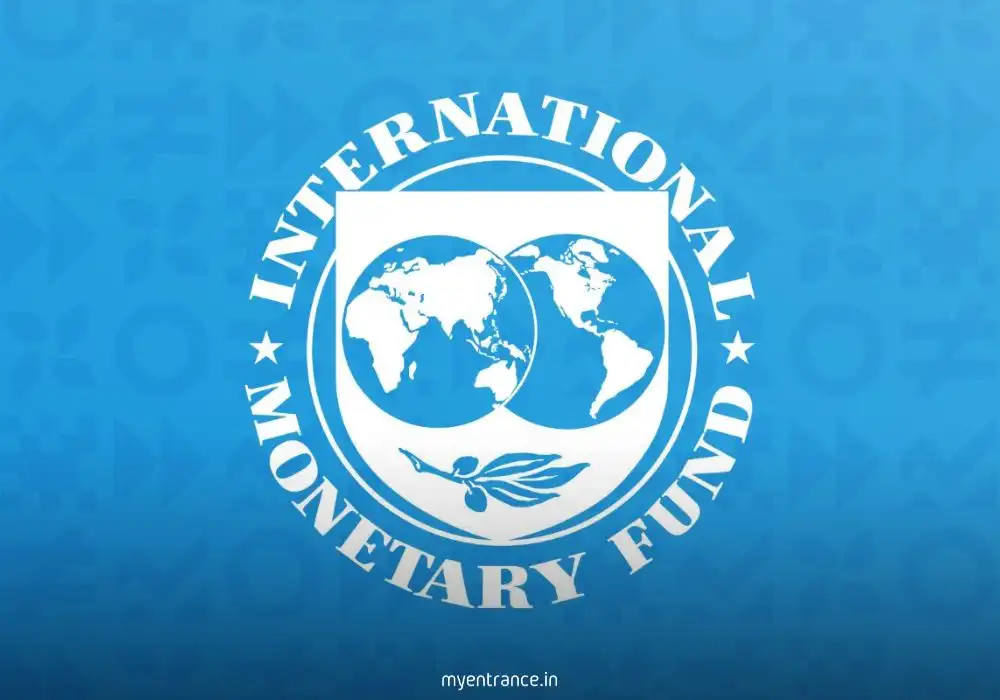
IMF’s World Economic Outlook: What You Need to Know
Overview of the July 2025 Update
The WEO is the IMF’s flagship report, published twice yearly (April/October) with interim updates (January/July). The July 2025 update, titled “Global Economy: Tenuous Resilience amid Persistent Uncertainty,” highlights two realities:
Resilience: Despite shocks like the pandemic, Ukraine war, and U.S. tariff policies, the global economy continues to grow.
Fragility: Growth remains unstable due to unresolved geopolitical risks and policy ambiguities.
Global Growth Projections:
2025: 3.0% (revised up by 0.2% from April’s forecast).
2026: 3.1% (up 0.1%).
Key Risks Highlighted:
Trade policy uncertainty (e.g., U.S. tariffs).
Geopolitical conflicts (Middle East, Ukraine) disrupting supply chains and inflating commodity prices.
Country-Specific Growth Analysis
United States:
Growth momentum slows to 1.2% in 2026 (down from 2025).
GDP to reach ~$31 trillion by end-2025.
Policy uncertainty (e.g., tariffs) poses major risks.
China:
Projected growth: 4.8% in 2025 (marginal slowdown).
Maintains stability despite a $19+ trillion GDP base.
India:
Bright spot with 6.4% growth in 2025 – the fastest among major economies.
Outpaces rivals struggling to grow even at 2%.
Rapidly closing GDP gaps with developed nations.
About the International Monetary Fund (IMF)
Mission & Structure
Established in 1945, the IMF promotes global monetary cooperation among its 191 member countries. Its core goals:
Ensure financial stability and sustainable growth.
Encourage trade expansion.
Discourage harmful economic policies.
How the IMF Works:
Provides emergency funds (not project loans) to crisis-hit nations.
Uses Special Drawing Rights (SDRs), a basket currency (USD, EUR, CNY, JPY, GBP), for lending.
Governance:
Board of Governors:
Highest authority (1 governor per country, usually finance ministers/central bankers).
Delegates power to the Executive Board.
Executive Board:
25 Directors + Managing Director (Kristalina Georgieva since 2019).
Manages daily operations.
Key IMF Reports & Tools
Global Financial Stability Report (GFSR): Assesses financial system risks.
Special Drawing Rights (SDRs): Reserve assets for liquidity support.
Funding Sources: Member quotas (based on economic size) + multilateral loans.
Sample Q&A for Competitive Exams
Q: What is the theme of IMF’s July 2025 World Economic Outlook?
A: “Global Economy: Tenuous Resilience amid Persistent Uncertainty” – reflecting unstable growth amid geopolitical/trade risks.
Q: How does India’s 2025 growth projection compare globally?
A: At 6.4%, India is the fastest-growing major economy, outpacing the global average (3.0%).
Q: What are SDRs? How does the IMF use them?
A: Special Drawing Rights (SDRs) are IMF’s reserve assets (a basket of 5 currencies). The IMF lends SDRs to countries facing balance-of-payments crises.
Q: Identify two risks to global growth per IMF’s WEO.
A: (i) Trade policy uncertainty (e.g., U.S. tariffs), (ii) Geopolitical conflicts (Middle East/Ukraine).
Q: Who chairs the IMF Executive Board?
A: Managing Director Kristalina Georgieva (since 2019; re-elected in 2024).
Why This Matters for Your Exam
UPSC Relevance: IMF reports, SDRs, and global growth trends are hot topics in Prelims and Mains (GS Paper III).
Key Focus Areas:
IMF’s role in crisis management vs. development banks (like World Bank).
Impact of geopolitical risks on supply chains.
India’s economic resilience in a volatile world.
Pro Tip: Use the sample questions to test your knowledge. Revise terms like SDRs, quota system, and GFSR for high marks!
Get 3 Months Free Access for SSC, PSC, NIFT & NID
Boost your exam prep!
Use offer code WELCOME28 to get 3 months free subscription. Start preparing today!
